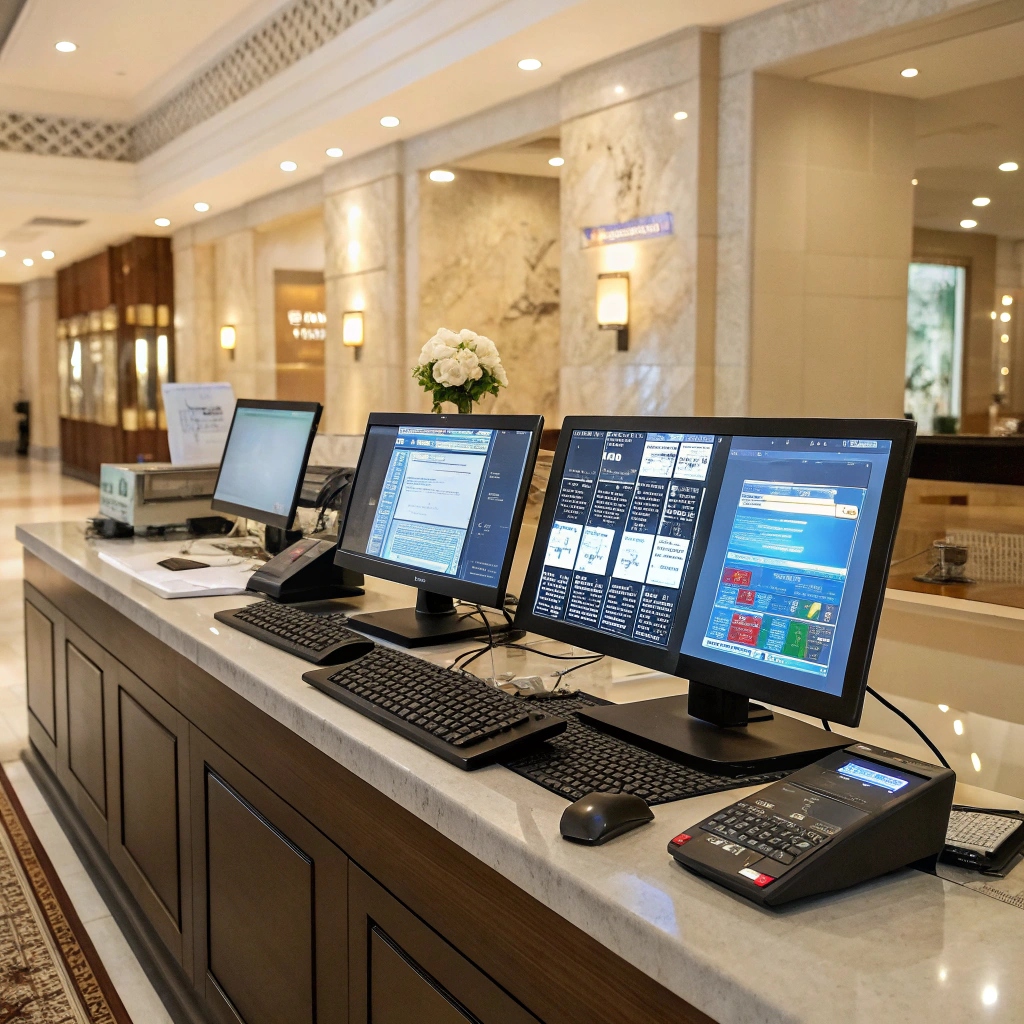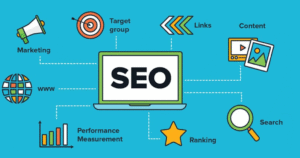Scaling Operations: Using Hotel System Interface Across Multiple Properties
Managing a single hotel is already a challenge. Scaling to five or more locations brings more complexity. The systems that...

Managing a single hotel is already a challenge. Scaling to five or more locations brings more complexity. The systems that run front desk operations, phone calls, guest services, and billing must all work together. A reliable hotel system interface helps keep everything connected and consistent.
This type of interface links key tools like your phone system, PMS, call accounting, guest app, and other services, so they communicate with each other in real time. When you extend this setup across multiple properties, you reduce manual work, prevent data errors, and speed up service. Staff can handle guest requests faster, and managers can view updates across all sites at once.
Why integration matters when scaling up
Adding new hotels to a group should be smooth. But many operators find that each property runs on different systems, with different rules and workflows. This slows everything down. Without a shared system, guest data cannot be easily transferred. Preferences get lost, and room charges may post incorrectly.
Using a hotel system interface built for multiple properties solves this. It keeps room numbers, staff accounts, and phone extensions organized. Guests get the same experience across locations, staff follow the same procedures, and managers can access property data from one platform instead of logging in to each hotel separately.
How hotel system integration supports growth
Hotel system integration connects all the tools your team uses, not just within one hotel but across your entire portfolio. Phone systems talk to the PMS. The PMS updates guest folios, wake-up calls, and room moves. The guest app shows accurate service options based on real-time availability. Everything works together behind the scenes.
This integration makes it easier to bring new hotels online. There’s no need to build a custom setup every time. Staff already know the system. You use one vendor, one support team, and one method of managing updates. That keeps IT costs down and speeds up onboarding.
Real-world example
Picture a regional manager responsible for six hotels. A guest checks out of Hotel A and drives to Hotel B the same day. The front desk at Hotel B already sees the guests’ preferences, VIP status, and billing rules. Housekeeping knows what amenities to place in the room. The phone system updates the guest’s name and activates DND as soon as check-in is complete.
The manager doesn’t have to call each location to confirm room status. The system shows real-time data across all sites. That’s the power of integration at scale.
Benefits of using a multi-property system
- Guests enjoy a familiar experience no matter where they stay.
- Businesses offer a consistent experience for their guests.
- Staff move between properties without retraining on new systems.
- Phone charges, minibar items, and other services post to the correct folio every time.
- Managers gain a single view of all hotel data, saving time and reducing errors.
- New properties plug into the same system, making expansion easier.
How to get started
- Standardize systems across your properties. Use the same phone extensions, room numbering formats, and guest service categories. This helps the interface manage shared data correctly.
- Choose technology that supports group management. Avoid tools built only for single locations. Look for systems that handle linked databases, centralized user accounts, and shared reporting.
- Train your team using the same workflows. A front desk agent in one city should be able to work at another location without confusion. Guests should receive consistent service no matter where they stay.
- Test your setup on a small scale first. Make sure billing posts correctly and wake-up calls, DND, and room moves work across sites. Fix any syncing issues before going live across all properties.
Avoiding common mistakes
Don’t rely on manual workarounds. Copying guest data from one property to another by hand leads to errors. Avoid using separate systems that don’t talk to each other. This creates silos and slows down every task. Also, choose vendors that support multi-property environments and offer tools built to scale.
Growth requires the right system
As your hotel group expands, so do the demands on your tech. Separate systems mean more training, more problems, and more time lost fixing mistakes. With strong hotel system integration, your properties stay connected, your guests stay happy, and your teams remain focused.
An innovative, connected hotel system interface helps operators grow without doubling their workload. Instead of fighting the tech, your team gets to focus on what matters: smooth operations and satisfied guests.






